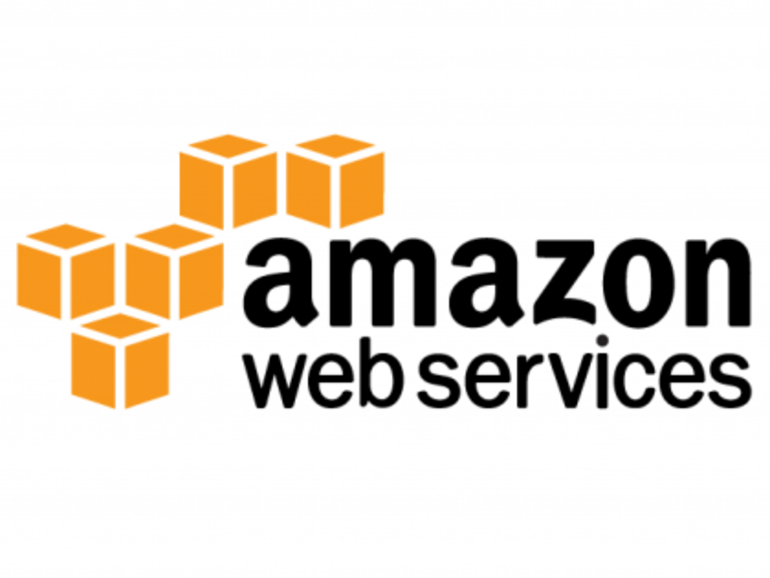Five silver linings of the public cloud

When public cloud is discussed it's common to hear about how it lets firms scale their IT infrastructure and only pay for the computing power they use.
But what else can online services offer? At Amazon Web Services (AWS) Summit in London this week AWS customers revealed what migrating to the public cloud platform had done for them.
1. Faster recovery
Seaco Global manages a fleet of more than one million shipping containers worldwide.
The firm is about to complete a migration of its SAP ERP system, moving it from a third party datacentre to the AWS platform.
The old system had various issues - the servers were seven years old and their performance was below-par, which resulted in Seaco's billing cycle running over.
This major pain point, as Seaco's director of IT services Brendan O'Neill describes it, has been soothed by the migration, which has taken just over one year. The firm's billing cycle run time has fallen by 70 percent and it is able to run batch jobs almost 90 percent faster, as well as reducing data loads by 50 percent.
But one of the most significant positives has been the speed at which Seaco can recover from system failures. Its recovery point objective - the maximum period that data is unavailable following a major incident - is down from 12 hours to one hour and its recovery time objective - the time it takes to restore a business process after IT-related disruption - was reduced from three days to two hours.
Despite seeing a spike in costs during the migration, O'Neil said that Seaco expects the cost of running the system to fall by 35 percent this year.
2. Room to experiment
GoSquared is a London-based start-up that was set up when its founders were just 14-years-old.
As with many small business', the analytics specialist leased infrastructure from AWS, scaling up its use of the platform as it grew into a company serving tens of thousands of firms worldwide.
But aside these well-documented benefits, GoSquared CTO Geoff Wagstaff said that being able to spin servers, storage and databases up and down on demand had enabled it to experiment with different technologies before committing to an architecture.
He told the conference the company had been able to "load data into different builds of GoSquared to test how it scaled", allowing it to try out different distributed databases and search technologies to see which best fitted their needs.
3. Do more with less
GoSquared has a small team of developers and relies on the highly automated deployment and management of AWS infrastructure to allow each developer to manage tens of software projects.
Firm CTO Wagstaff said its continuous integration system allowed developers to deploy new code into production dozens of times per day and each developer to manage more than 50 projects.
Similar benefits are enjoyed by the UK newspaper the Financial Times. The paper has built what it calls the FT Platform. The platform automates the deployment and management of the virtual infrastructure and the software that runs on top, both on in-house servers and on the AWS Elastic Compute Cloud.
The FT Platform supports the core of the Financial Times online -- the Apache HTTP Server and Apache Tomcat software that serves its news and other content, its DNS servers, the MySQL databases and the jetNexus load-balancing tools that keep its sites fast-loading.
The FT's developers are able to build and test code, and deploy it into production within a single day, compared with about 30 days using an older platform.
4. Break systems into microservices
Omnifone's cloud music service underpins some of the most popular streaming platforms in the world, such as Spotify and SiriusXM.
In its early days, the firm spent millions of dollars building 1,000 foot datacentres in London and Washington. But as demand for its services increased it found it became "very expensive to keep every feature of the platform behaving with globally consistent performance".
The service moved onto AWS and rearchitected its systems into a suite of loosely-coupled decentralised components. According to Omnifone fouder and chief engineer Phil Sant these components can "scale near-infinitely and at surprisingly low cost" and have helped the firm achieve global low latency.
The movie streaming service Netflix - which also runs on AWS - has taken a similar approach, rearchitecting some of its systems into microservices. The approach sees applications built as a suite of small services, each running in its own process and communicating using lightweight mechanisms.
Omnifone has now begun decommissioning some of its datacentres, with Sant describing the move to AWS as allowing it to focus on building stuff that differentiates it.
5. Get rid of the snowflakes
Paul Clark, technology controller for online, pay and interactive at ITV, said the application stack formerly used by the UK broadcaster was monolithic. Too many servers were "snowflakes", they looked the same but each was different enough to require some special attention and management.
The complexity of the architecture and the problems it generated meant that it once took 21 days to make a single change to a firewall. This was at a time when ITV needed to implement 200 such changes.
ITV developed a replacement for this system on top of AWS and today the entire stack takes just 30 minutes to deploy. Like GoSquared, the deployment and management of ITV's infrastructure is highly automated using infrastructure management tools such as Puppet.

